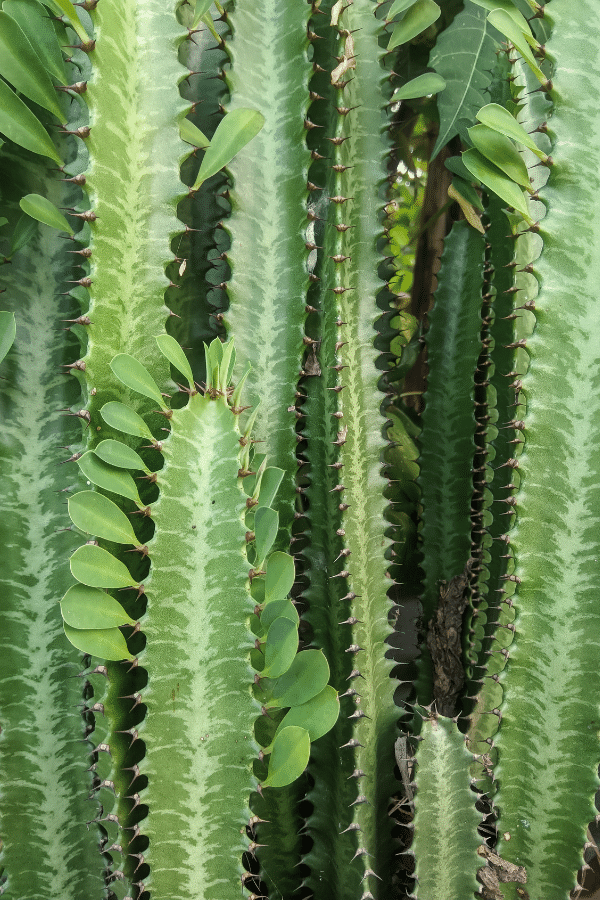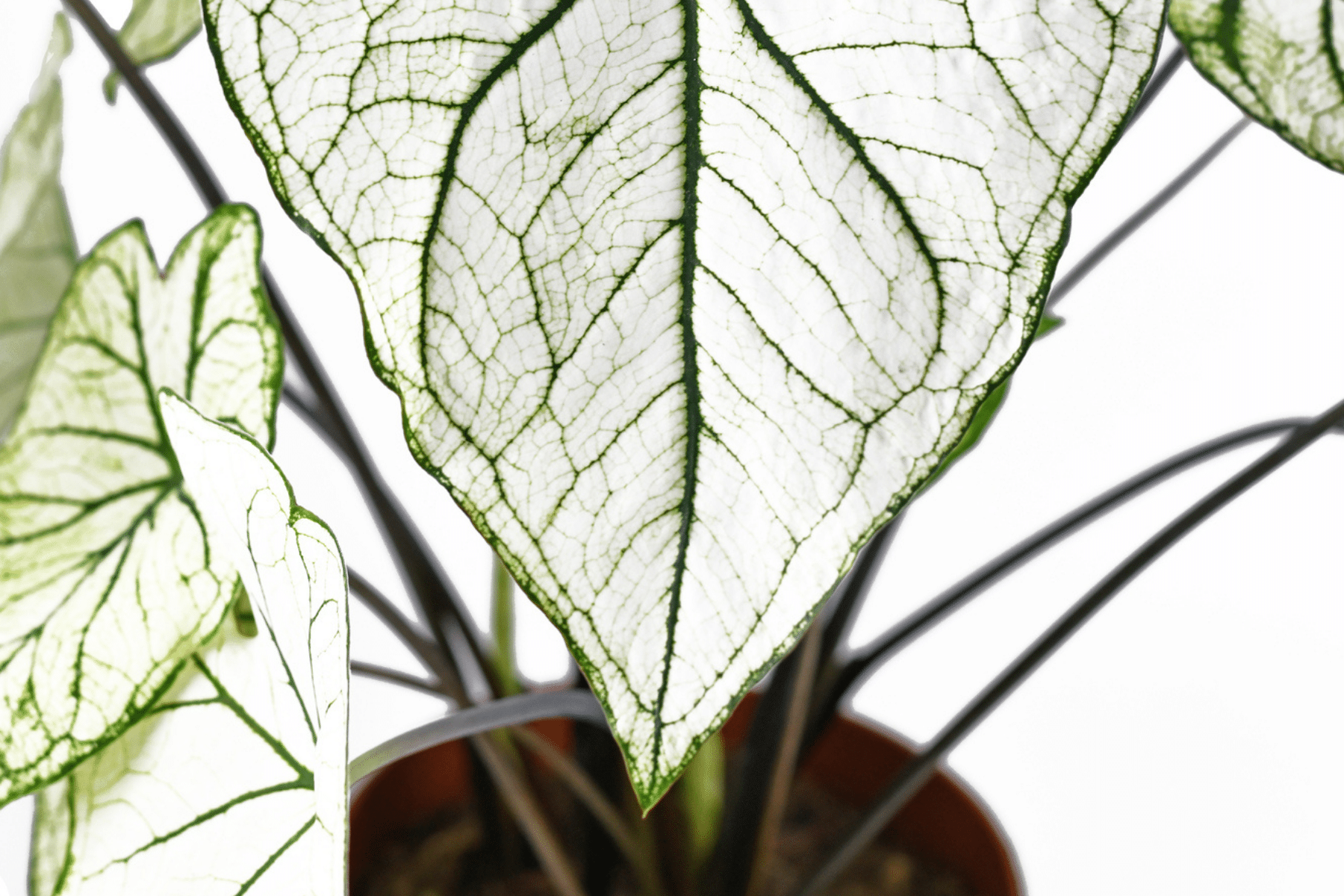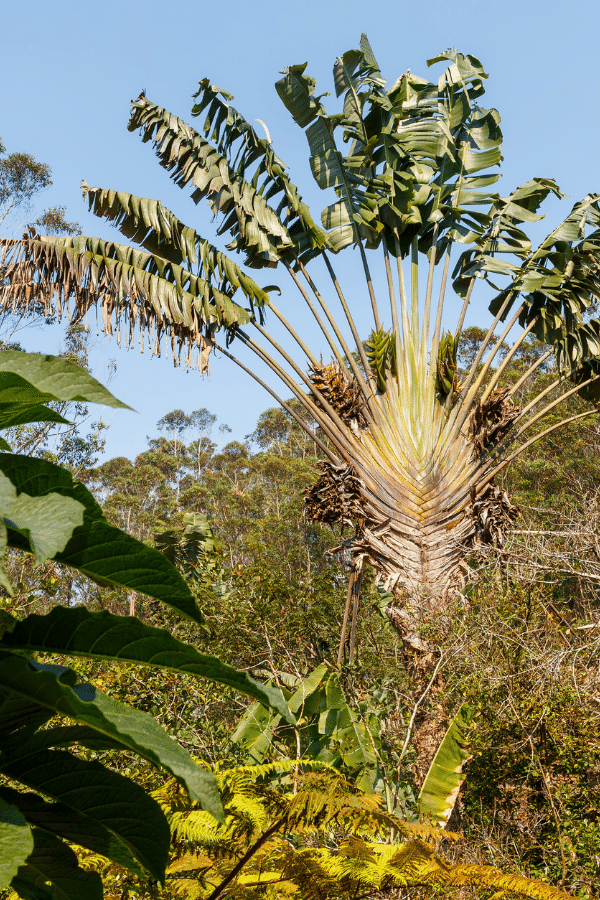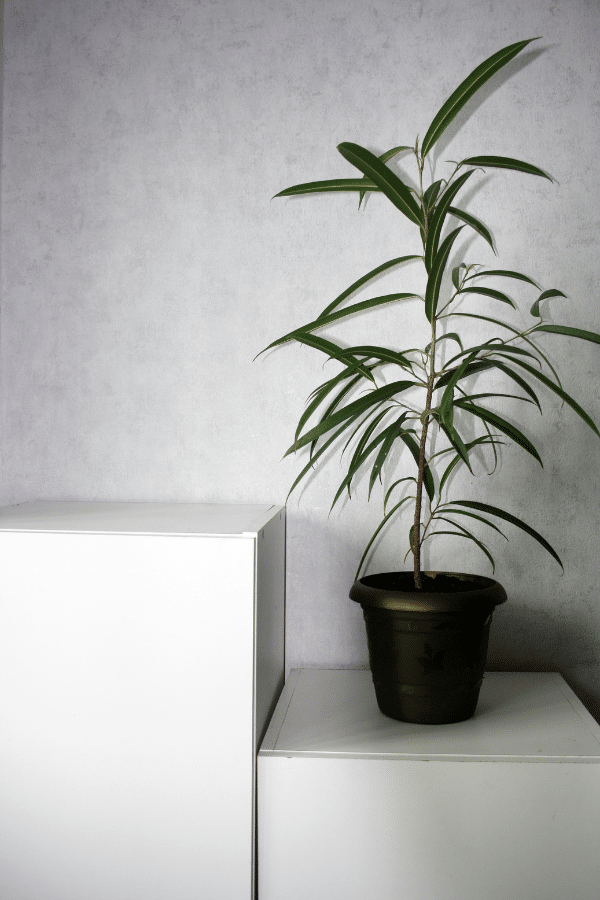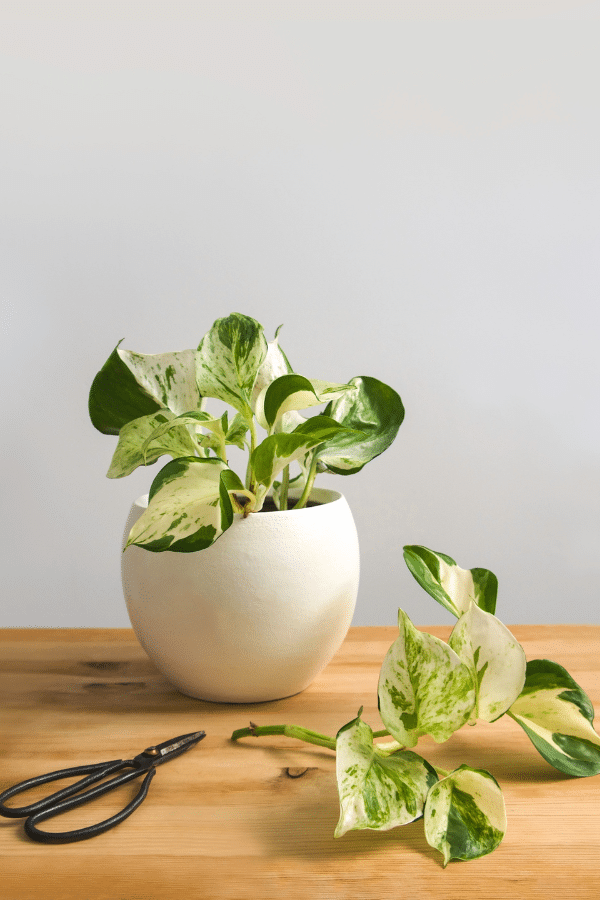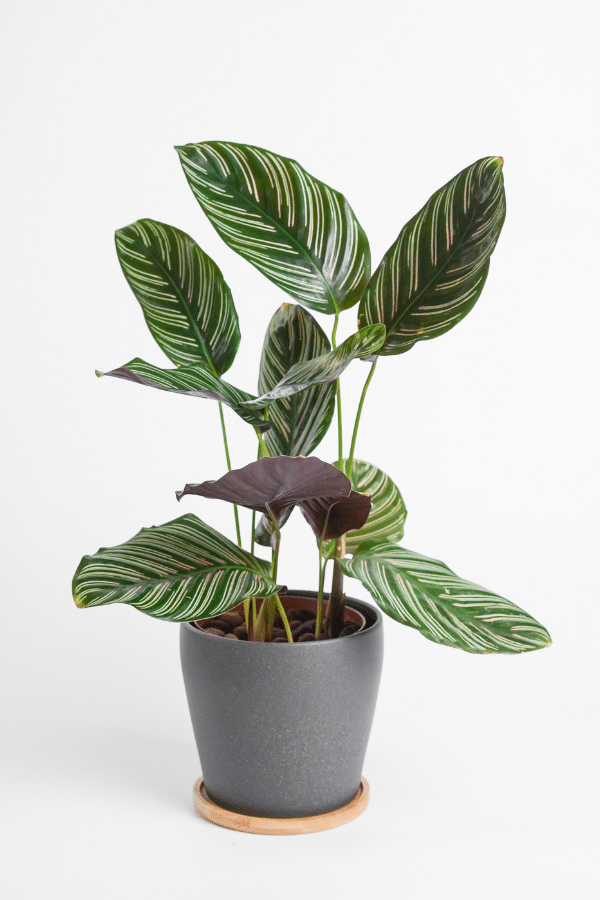Ficus Religiosa
Scientific Name: Ficus Religiosa
Common Name: Sacred Fig Tree, Bodhi Tree
The Sacred Fig Tree have distinct cordate foliage. This is the tree that Buddha attained enlightenment under, so it holds significant religious value, giving it the name Ficus Religiosa. Ficus Religiosa care is relatively easy-going if given the right conditions. In this care and growing guide, we’ll let you know how to care for the Sacred Fig Tree.
Quick Care Overview
| Common Name | Sacred Fig Tree |
| Scientific Name | Ficus Religiosa |
| Family | Moraceae |
| Origin | Southern Asia |
| Identification | Cordate-shaped green foliage |
| Height | Up to 100 feet tall |
| Soil | Loose, well-draining soil |
| Water | Forgiving, can withstand long dry spells |
| Temperature | 77-95F |
| Sunlight | Direct sunlight |
| Toxic to Cats & Dogs | Yes |
| Toxic to Humans | Yes |
| Pests | Pest resistant |
| Diseases | Disease resistant |
Below we will dive deep into how to care for Ficus Religiosa.
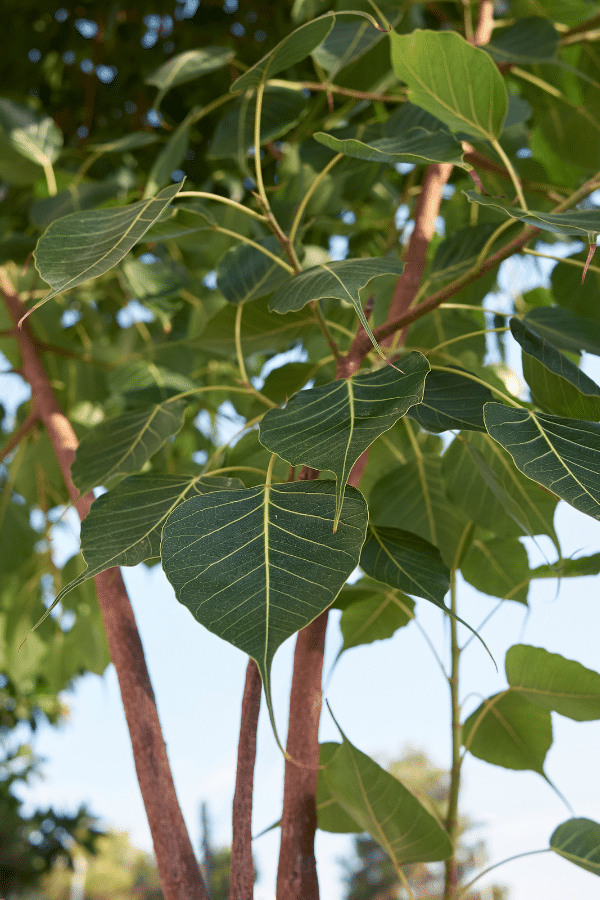
Ficus Religiosa History
Southern Asia native, Ficus Religiosa, is otherwise known as the Sacred Fig Tree. As the name may suggest, this remarkable tree is sacred – or at least that is how Buddhists and Hindus hold this Ficus. Said to be the same tree under which the Buddha is believed to have attained enlightenment, this tree holds great religious and historical significance to the local people. Other names for this sacred tree include the Bodhi Tree and Peepal Tree. Bodhi Trees are notorious for their long life. One tree found in India is said to be over 3,000 years old. Additionally, people in surrounding cultures create sacred beads from the tree’s seeds. This tree’s rich history is magnificent.
Ficus Religiosa Identification
This gorgeous rampantly growing tree has wide crown-like branching attached to a smooth grey trunk. Cordate-shaped green foliage grows in clusters on the end of stems.
Ficus Religiosa Growth Facts
Fast-growing and able to adapt to harsh conditions, the Bodhi Tree makes a perfect easy to care for bonsai plant.
How Big Does a Ficus Religiosa Get?
In its natural environment, Ficus Religiosa can grow nearly 100’ tall. However, this tree is easily trained and groomed as a bonsai plant. Indoor bodhi trees are commonly trained to grow in width rather than height, making them a good tabletop or floor plant.

Ficus Religiosa Care
A plant that loves bright light and high heat, this bonsai tree makes a lovely addition to greenhouses, sunrooms, or tropical indoor gardens.
Best Soil for Ficus Religiosa
Ficus Religiosa thrives in loose, well-draining soil high in organic matter. The Sacred Fig will not perform well in compacted soils. To create loose, well-draining soil, incorporate sand and compost into a regular potting mix.
Ficus Religiosa Fertilizer
The Sacred Fig Tree does not require fertilizer, but additions of a liquid fertilizer throughout the growing season can enhance its growth rate. Be sure to follow all label instructions and do not over-fertilize or fertilize in winter.
Ficus Religiosa Watering
Ficus Religiosa does not require much watering. Being able to withstand long dry spells, water the plant only in minimal amounts when the soil is dry. Ensure that the plant is not sitting in excess drainage water in the tray and that there are adequate drainage holes in your container. This sacred plant has a strange drought defense mechanism; alongside lateral root growth, it will shed its leaves in drought to reduce water transpiration rates and conserve water. The plant will then regenerate its leaves when the dry spell has ended. Being a very hardy plant, you will have some forgiveness, whether you overwater or underwater.
Ficus Religiosa Light Requirements
Unlike most houseplants, this plant loves direct sunlight but can also survive in partial shade. Small bodhi trees can grow in low-light areas, but they require bright light to grow into large, vigorous trees. Therefore, at least 6 hours of daily direct sunlight is preferred for ample growth. Shedding of leaves indicates that your Ficus Religiosa is not receiving enough light.
Ficus Religiosa Temperature & Humidity
The bodhi tree likes it hot and humid, being a tropical plant. Therefore, most vigorous growth will be seen when given warmth between 77 and 95 degrees and humidity between 40-80%. Do not allow this plant to reach temperatures below 50F.
Repotting Ficus Religiosa
Having vigorous growth, Ficus Religiosa will quickly become root-bound, and growth will slow to a halt when this happens, so repotting every year is necessary. The larger the container that you choose, the larger you will grow your bodhi tree. Sacred figs prefer clay containers, allowing excess water to escape to prevent root rot. To repot, simply choose a larger container, fill it with a well-aerated growing medium, place the root ball of your bodhi tree within a cavity in soil, lightly tamp the soil down, and water thoroughly.
Ficus Religiosa Maintenance & Pruning
The sacred fig tree, being such a vigorous grower, will require regular pruning. The rapid pace at which this plant grows is so expedient that new leaves can be seen during the growing season daily. In no time, this tree can become towering. However, this plant responds very well to pruning. It will be necessary to prune this plant back so that it does not take over your space. New growth at the top of a branch can be easily pinched off to encourage bushier growth and branching. Any major pruning and shaping should be done in either early spring or fall. Don’t prune more than 1/4 of the entire plant at any given time to avoid slow growth.
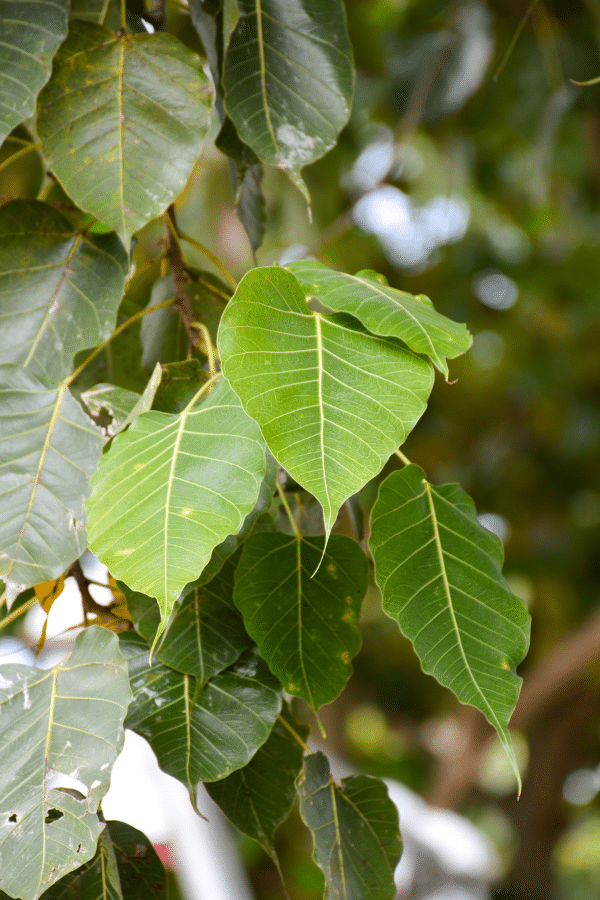
Propagating Ficus Religiosa
Of all Ficuses, Ficus Religiosa is easily one of the simplest to propagate by cuttings. To take a stem cutting, take a piece of stem that is several inches long with at least two to three leaves, and trim using clean shears. Place the cutting in either water or moist soil. Do not allow any leaves to be submerged. Ensure that the cutting is always staying in the water and that it has ample indirect light. Roots should develop within three to five weeks.
Ficus Religiosa Toxicity
Coming from the Moraceae family, Ficus Religiosa is considered mildly toxic to humans, cats, and dogs. Do not ingest this plant. The sap of this plant can be irritating to the skin so wearing gloves and washing hands after handling is a must.
Toxicity to Humans
Historically used as a medicine aiding with a wide range of ailments, the bark, leaves, and fruit of Ficus Religiosa are considered non-toxic. This plant should not be consumed.
Toxicity to Cats & Dogs
This plant is considered mildly toxic and can cause digestive issues to pets and ingestion should be avoided.
Sacred Fig Tree Problems
Ficus Religiosa Leaves Turning Yellow
Yellow leaves is a sign of a distressed bodhi tree. Yellowing leaves may be due to overwatering, underwatering, or lack of nutrients. Be sure to water is able to drain well and only water when the soil feels dry.
Ficus Religiosa Leaves Turning Brown
When stressed, the sacred fig tree is more likely to exhibit leaf drop than browning. However, brown spots appearing on foliage is likely indicative of fungal disease.
Ficus Religiosa Diseases
The bodhi tree is considered disease resistant. However, it may experience fungal related issues due to overwatering such as root rot and leaf spot. Ensure that the plant’s container has ample drainage and that it is not resting in sitting water within the plant tray to avoid disease issues.
Ficus Religiosa Pests
The bodhi tree is considered pest resistant. However, like many houseplants, it may become susceptible to thrips, whitefly scale, and spider mites. Upon identification of infestation treat with a pesticide, following all label instructions.

